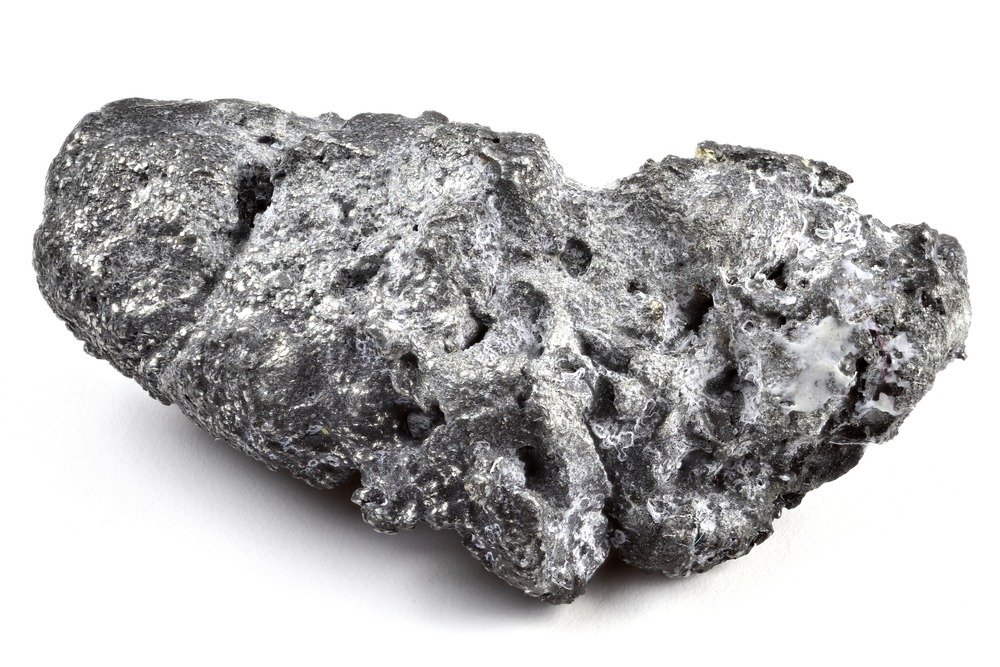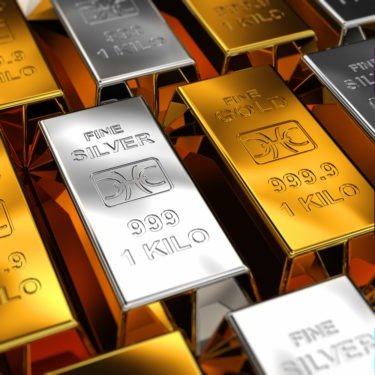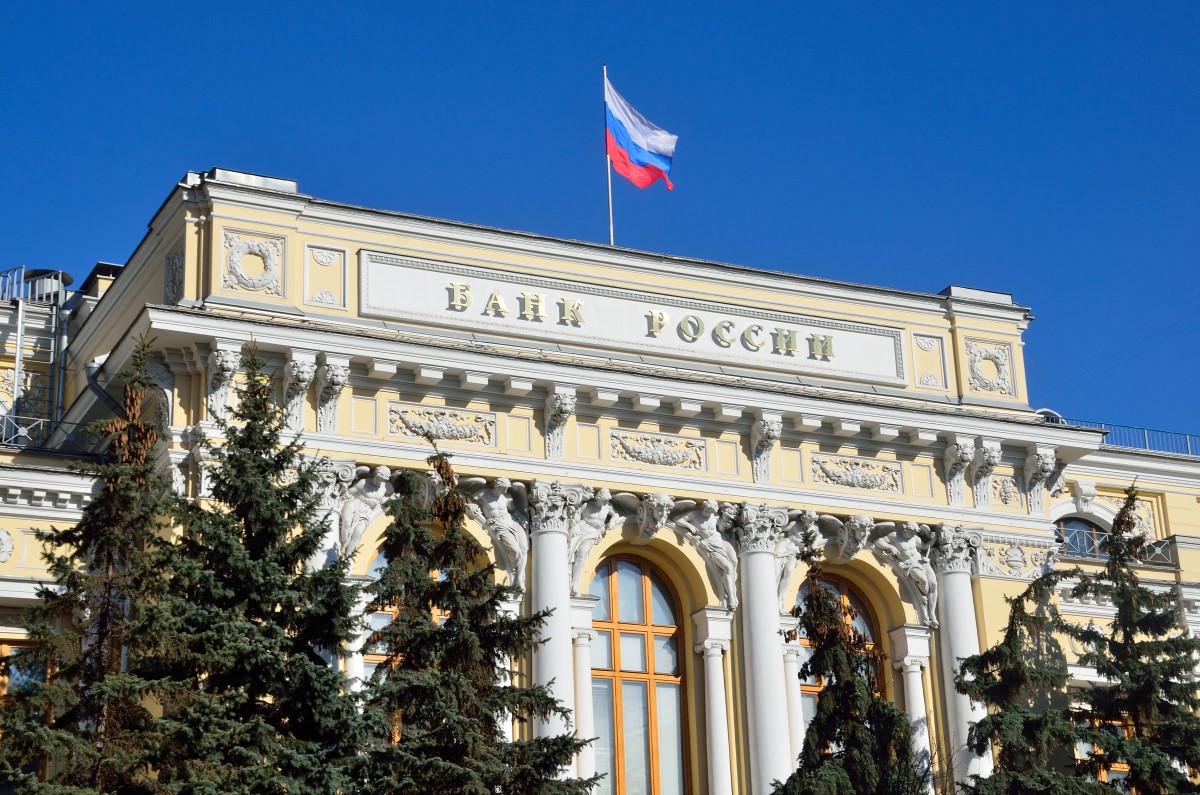Platinum is central to proton exchange membrane fuel cell (PEMFC) technology. When applied to transport solutions, it is poised to play a significant role in accelerating the energy transition away from fossil fuels. Powered by hydrogen, fuel cells can power a wide variety of transportation types from passenger cars, trucks, buses, and trains to ships and planes.
As reported by the World Platinum Investment Council, Germany has set itself to become climate neutral by the mid-century. It is leading the way, with its national strategy recently announced hydrogen. The plan is part of the German government’s post-COVID-19 economic stimulus package. It will have $7.84 billion dedicated to projects that develop hydrogen production from renewable energy sources. According to Peter Altmaier, Federal Minister of Economic Affairs and Energy, Germany intends to become the world’s number one player in hydrogen technology.
The development of hydrogen supply infrastructure, including generation capacity and distribution networks, is significant, as Germany embraces ‘green’ hydrogen to help achieve its overall decarbonization and economic goals. The move is also crucial for large-scale use of fuel cell electric vehicles (FCEVs) by providing a basis for enough hydrogen refueling stations. It will remove one of the obstacles currently preventing broader adoption of FCEVs.
The increased use of FCEVs is part of a move away from fossil fuel-dependent modes of transport, and will also help Germany meet its decarbonization targets. FCEV PEMFCs is an environmentally friendly form of transport, primarily when powered by hydrogen from renewable sources. In a PEM fuel cell, where hydrogen and oxygen molecules combine to generate electricity, a platinum catalyst is used. Heat and water are the only by-products, as FCEVs produce zero exhaust emissions.
Germany comes first in Europe in hydrogen refueling stations
Germany’s ambitions for its hydrogen economy have accelerated since its National Innovation Program for Hydrogen and Fuel Cell Technology. It began in 2006, by funding research and development.
In 2018, the country launched the world’s first hydrogen-powered fuel cell trains. Two “Coradia iLint” trains, built by the French company Alstom, began running on a 100 km route between the towns and cities of Cuxhaven, Bremerhaven, Bremervoerde, and Buxtehude in northern Germany. Today, Germany has more hydrogen refueling stations than any other European country. It has 84 active ones and another 21 under construction, reaching a total of 400 by 2025. In the rest of Europe, active stations amount to 38.
German industry is also backing up the government’s plans. Research showed that Germany had filed more patents for the platinum-containing fuel cell sector than any other country in Europe, with 17,238 registrations. Large German corporations, including Bosch and Daimler, are involved in significant fuel cell-related projects. Bosch has partnered with Powercell Sweden AB to bring fuel cells to the market by 2022. Bosch estimates that 20 percent of all-electric vehicles worldwide will have a fuel cell powertrain by 2030. Daimler is focusing its efforts on fuel cell systems for heavy vehicles, such as trucks and buses.
Platinum in FCEVs is currently a small sector. However, the demand is growing for this precious metal. Short-term growth in demand comes primarily from the heavy industry. It has the potential for more significant applications once the automotive fuel cell exceeds one percent of annual vehicle sales.
















